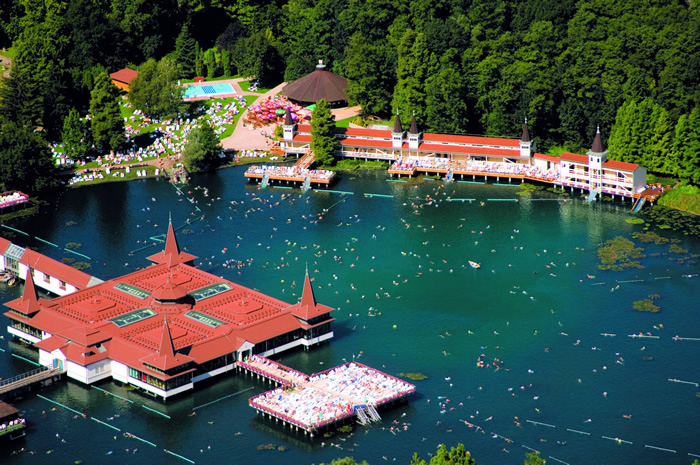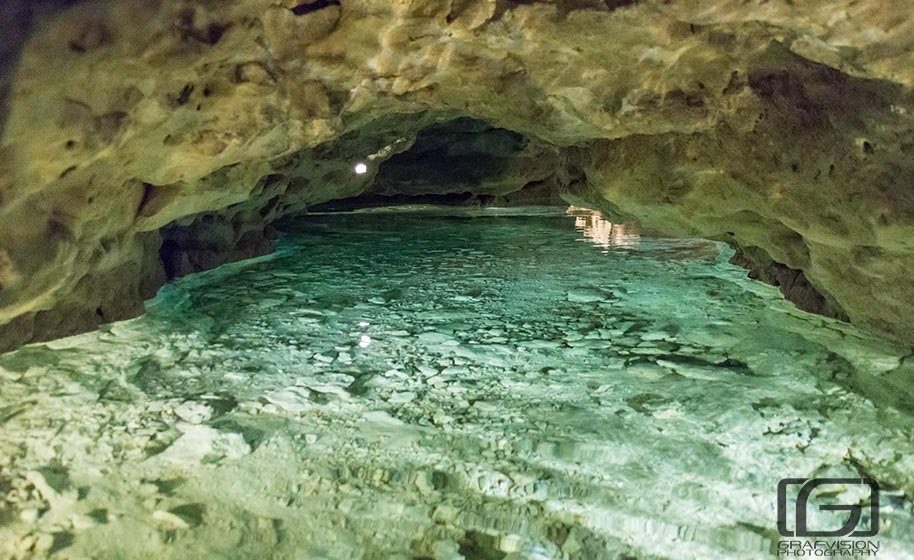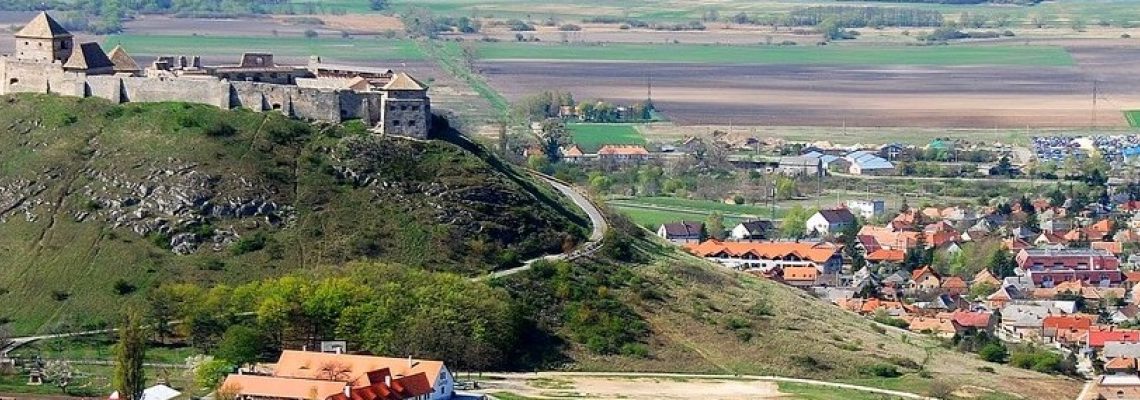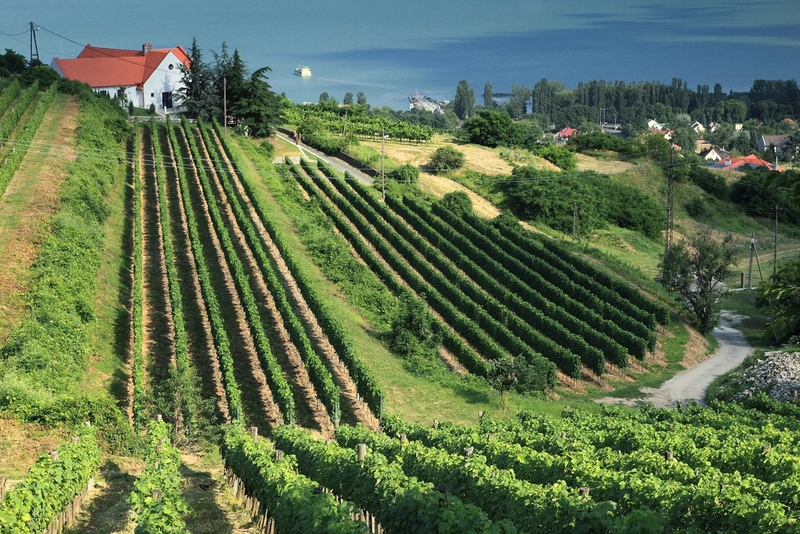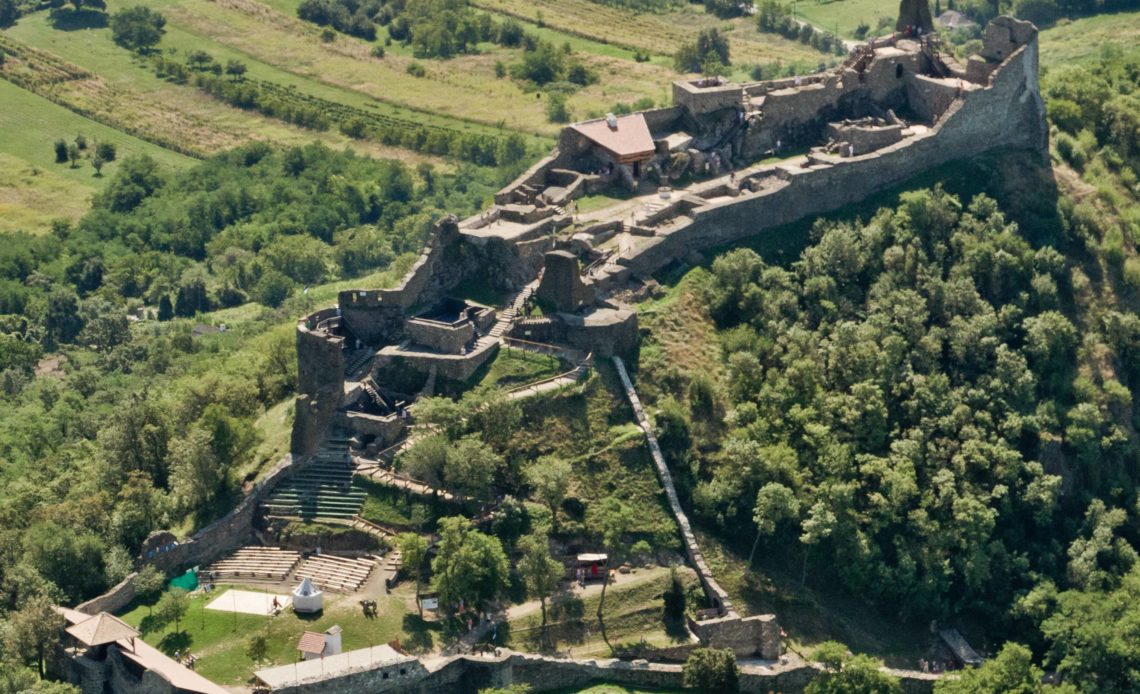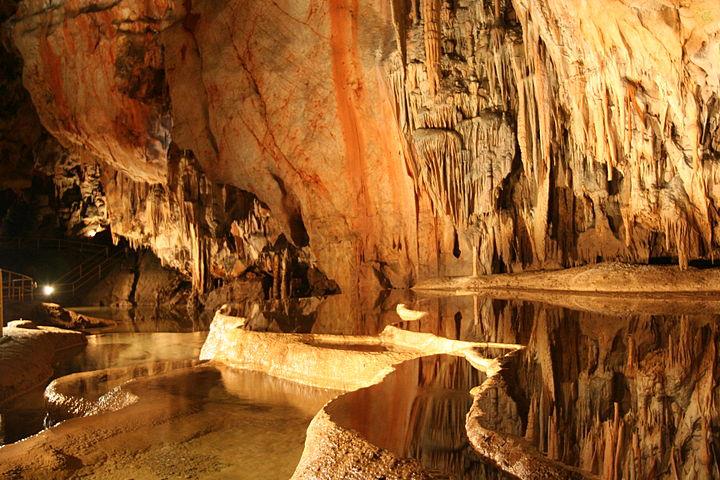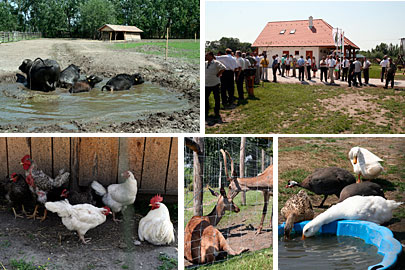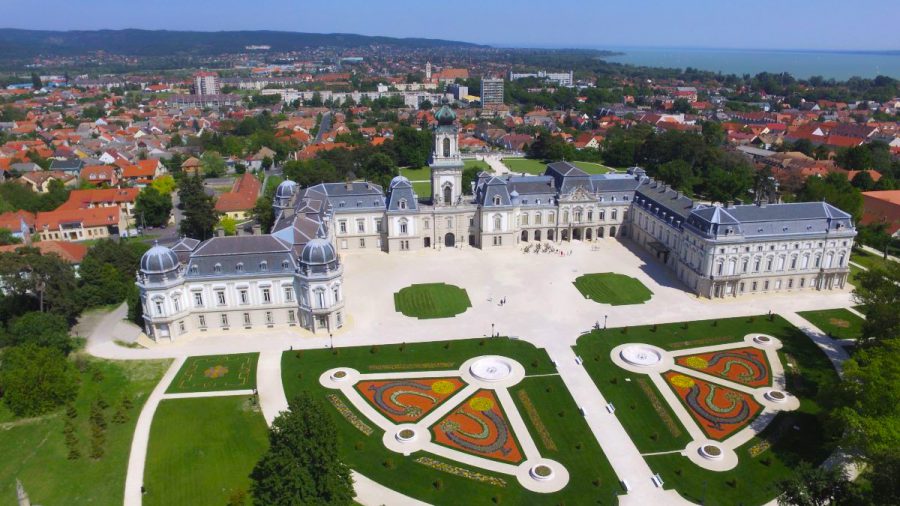Hévíz and its 38-meter-deep thermal lake can be found in the direct proximity of Balaton, at the western corner of Central Europe’s biggest lake, but Tapolca and Rezi are also within only 30 kilometres. In a 30-min ride, you can explore the flourishing gem of Zalaegerszeg, and already mentioned the spa of Zalakaros is 30 mins far from Hévíz alike. Thus, you simply cannot make a mistake coming here.
Themal Lake, Héviz
